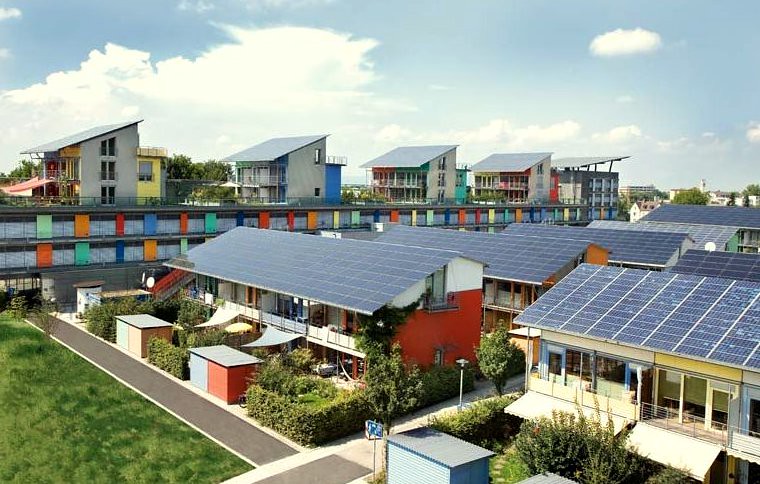Overview of Trump’s Tariffs

When Donald Trump introduced his sweeping tariffs in 2018, few predicted how far-reaching the effects would be for global travel. The tariffs, aimed mostly at China but eventually affecting other regions, placed extra costs on a wide range of imported goods. This instantly sent shockwaves through industries that rely on international trade, and travel was no exception. Tourist agencies, airlines, and even hotels started to notice changes in their costs and operations. For travelers, it was like a ripple effect—what started as a trade dispute slowly began to reshape the choices people could make about where, when, and how they traveled. The entire global travel ecosystem, which depends on open markets, began to feel the squeeze as the cost of doing business rose. Behind every vacation, business trip, or study abroad journey, there were now hidden pressures and new uncertainties.
Increased Costs for Travelers

One of the most immediate and shocking consequences for travelers was how quickly prices began to climb. Airlines, travel agencies, and even car rental companies were hit with higher costs for everything from airplane parts to inflight snacks, as tariffs raised import prices. As a result, ticket prices for flights, especially international ones, began to inch upward. The International Air Transport Association reported that airfares rose by about 5% in 2019, and this was no coincidence. Families planning vacations found themselves reconsidering destinations due to higher costs, while students and businesspeople looked for cheaper alternatives. The unpredictable nature of travel costs made many think twice before booking international trips. The once-simple joy of exploring the world now felt like a luxury reserved for those who could afford the new, higher price tag.
Impact on Airlines and Travel Companies

Airlines have always operated on thin profit margins, so any increase in costs can have dramatic effects. The tariffs disrupted the delicate balance of their supply chains, making it more expensive to maintain and upgrade aircraft. Major manufacturers like Boeing and Airbus suddenly faced higher prices for aluminum and other essential materials, which trickled down to the airlines themselves. Maintenance costs grew, and the price of new planes surged, forcing some airlines to delay upgrades or cancel orders altogether. This led to fewer new routes and a pause on expansion plans, reducing the options available to travelers. Smaller airlines, with less room to absorb costs, sometimes passed the entire burden on to consumers or even ceased international operations. Every link in the chain, from the largest airline to the smallest travel agency, felt the pinch.
Changes in Consumer Behavior

With the cost of international travel rising, many people started to look closer to home for their adventures. According to a U.S. Travel Association survey, a significant 60% of Americans planned to travel within the country in 2020, a sharp increase from earlier years. The shift was not just about saving money—it reflected uncertainty about the future and a desire to avoid complicated import and customs issues. Tourists who once dreamed of exploring Paris or Tokyo settled instead for road trips and visits to national parks. This domestic pivot was a lifeline for some local businesses, but it left international destinations that depend on U.S. tourists grappling with steep declines. The emotional impact was real—travel, once a symbol of freedom and exploration, now felt constrained by politics and economics.
Effects on Global Tourism Destinations

The pain of these changes was perhaps felt most acutely in countries that rely on tourism dollars from American visitors. European capitals and Asian hotspots reported a noticeable drop in U.S. travelers. According to the World Tourism Organization, international tourist arrivals plummeted by 74% in 2020, a figure influenced by tariffs as well as the pandemic. For many destinations, this meant shuttered hotels, empty restaurants, and lost jobs. Small businesses that once thrived on a steady stream of tourists found themselves fighting for survival. The ripple effect extended to taxi drivers, tour guides, and street vendors, whose livelihoods depended on the foot traffic that had all but vanished. The once-bustling streets of Rome, Paris, and Bangkok became eerily quiet, a stark reminder of how interconnected the world’s economies have become.
Trade Agreements and Their Role

As tariffs reshaped the landscape, countries scrambled to establish new trade agreements. The United States-Mexico-Canada Agreement (USMCA), for example, aimed to modernize and balance trade in North America, replacing NAFTA. While these deals were intended to smooth over some of the rough edges caused by tariffs, they often brought new layers of regulation and complexity. Travelers and businesses had to navigate unfamiliar rules, additional paperwork, and sometimes even new fees on goods and services. While these agreements were designed to stabilize markets, in practice they sometimes introduced temporary confusion and uncertainty. For travelers, especially those moving goods or planning multi-country trips, the new landscape demanded more research, planning, and flexibility. The era of spontaneous, easy cross-border travel seemed to slip further away.
The Role of Technology in Travel

Amid all this upheaval, technology became a critical tool for adaptation. Travel companies turned to digital solutions to keep pace with changing regulations and rising costs. Online booking platforms allowed consumers to quickly compare prices and spot deals, softening the impact of higher costs. Some airlines used sophisticated data analytics to optimize routes and reduce fuel consumption, helping to keep ticket prices from soaring even higher. Communication tools made it easier for international partners to stay coordinated, share updates, and avoid costly mistakes. For travelers, smartphone apps and websites offered real-time information about tariffs, regulations, and travel advisories. Technology couldn’t fix every problem, but it gave both businesses and consumers a fighting chance to cope with a rapidly changing world.
Long-term Implications for Global Travel

The full impact of Trump’s tariffs on global travel is still unfolding, and experts are divided on what comes next. Some believe the travel industry will gradually recover as tariffs are reassessed or lifted, but others warn that trust and convenience have been eroded. The trade tensions created by these tariffs could linger, making international travel riskier and less attractive. For countries that have lost crucial tourism revenue, recovery might take years. The uncertainty has forced many businesses to rethink their strategies, focus more on domestic markets, or seek new international partners. The travel industry has always been resilient, but this latest round of disruption has tested its limits in new ways. The path forward may depend on future political decisions as much as on market forces.
The Impact of COVID-19 on Travel Tariffs

Just as the world was adjusting to new trade realities, the COVID-19 pandemic brought global travel to a near standstill. While tariffs had already made travel more challenging and expensive, the pandemic multiplied the industry’s problems. Airlines grounded planes, borders closed, and millions of jobs were lost in tourism. Now, as travel slowly resumes, the double blow of tariffs and pandemic recovery is making it even harder for the sector to bounce back. The industry faces a complex puzzle—balancing health safety, economic recovery, and the ongoing effects of trade barriers. For travelers, the mix of uncertainty, higher prices, and new health protocols adds another layer of caution to every trip.
Future Outlook for Travel and Trade

Looking ahead, the future of global travel is tied to the fate of trade policies and economic recovery plans. Experts suggest that only a coordinated, collaborative approach will restore confidence in international travel. Countries will need to review and possibly revise tariffs if they want to attract tourists and boost their economies. Businesses are preparing for a world where flexibility and digital solutions are more important than ever. The hope is that, with the right mix of policy changes and innovation, the travel industry can regain its strength. The choices made now by governments and companies will set the stage for whether the world’s travelers can once again explore freely, or whether barriers will become the new normal.





